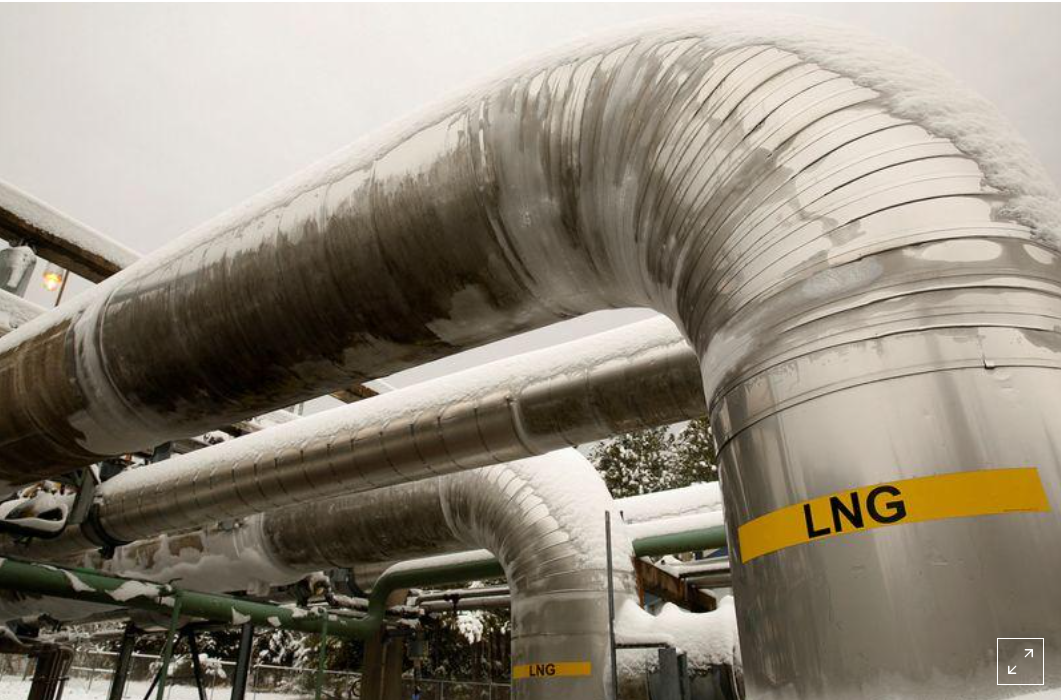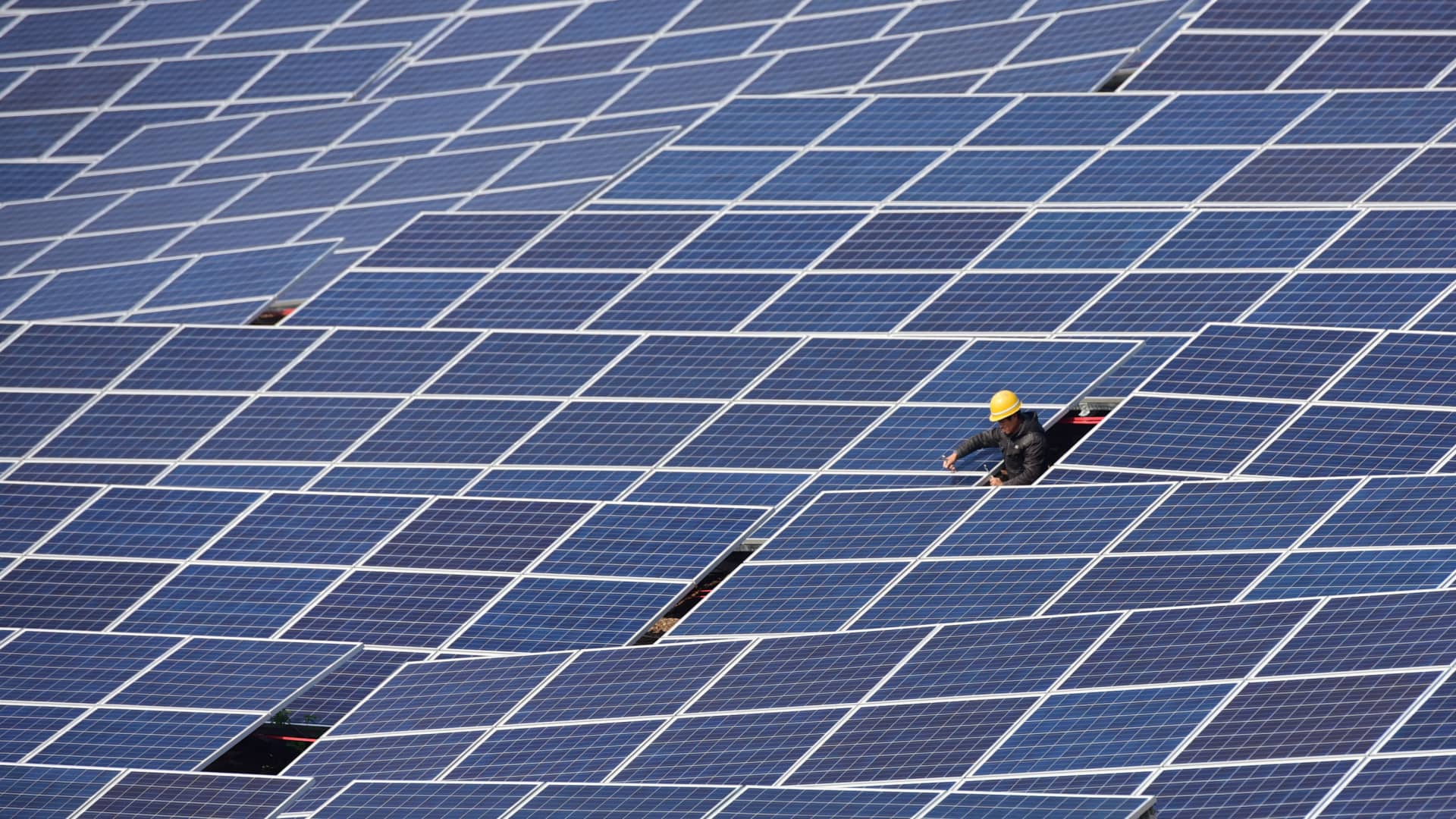

fetching latest news
News tagged in:

In an industry first, ABS has published requirements addressing safety and technical standards for floating offshore wind substations.

The Inflation Reduction Act, as well as local, state, lender and utility incentives have made residential solar energy systems more attractive improvement projects for homeowners.

Australia’s vast liquefied natural gas (LNG) industry is trying to pull off something that seems almost impossible. They want to lead the transition to clean and renewable energy, while at the same time continuing to invest in, and produce fossil fuels.

Norwegian major saw deepening losses on its renewables business but claims strategic investment will grow portfolio and improve profitability.

In a bid to boost the natural gas-based economy, Minister of Petroleum and Natural Gas & Housing and Urban Affairs Hardeep Singh Puri dedicated 166 Compressed Natural Gas (CNG) stations to serve the community. The 166 CNG pumps have been set up by GAIL (India) Limited and nine of its group City Gas Distribution (CGD) companies in 41 Geographical Areas (GAs) across 14 states. According to Puri, the CNG stations will incentivise the market of such vehicles and will have a positive impact on manufacturing and employment generation.

Solar stocks tumbled Friday after Sen. Joe Manchin said he will not support increased spending to address climate change, according to NBC News, citing a Democrat briefed on the conversations.The Invesco Solar ETF, which tracks the industry, fell more than 7% at one point. Some of those losses were recovered later in the day, with the fund ending Friday’s session about 2% lower. For the week, the fund is down more than 10%. Sunrun, Sunnova, First Solar and Maxeon Solar all fell more than 10% at one point.

An energy expert says he is "skeptical" of the Australian Energy Market Operator's (AEMO) target to build five major transmission projects within the next 10 years. Yesterday AEMO released its 30-year roadmap for the electricity grid's transition from fossil fuels to renewables, which it said would require more than $12 billion of investment in new transmission lines that should begin "as urgently as possible" to ensure supply was secure in the coming decade. Key points: AEMO's timeline for major transmission targets is flawed, according to an energy expert The Western Renewables Link in Victoria is being delayed due to community opposition VNI West powerlines are proposed in order to connect the Snowy Hydro with Victoria

India's offshore wind sector has gained momentum as a result of the Prime Minister's announcement of net-zero targets at the last UN climate change summit(COP26). At the summit, India also announced its increased ambitions of installing 500 GW of non-fossil-fuels-based power generation capacity by 2030, inclusive of 30 GW offshore wind capacity.

China National Offshore Oil Corp. said it will increase spending on clean energy so that its carbon emissions peak by 2028, while also bringing forward its net-zero deadline to 2050, according to the company’s climate action plan released Wednesday. The offshore oil and gas giant’s spending on renewable energy will account for 10%-15% of its total over 2026-2030, from a range of 5%-10% announced last year for the period through 2025. The emissions counted will only be the company’s own, and won’t include those generated by the customers of its fossil fuels.

Australia's new energy minister said on Wednesday the push for clean energy is more important than ever, even as G7 leaders water down climate protection commitments to shore up oil, gas and power supply due to the Ukraine conflict. "I'm not worried about a backsliding of ambition, because I think serious leaders around the world get it that actually the transformation is more important than before," Climate Change and Energy Minister Chris Bowen told reporters in Canberra. "If you're going to be reliant on gas, it's more important to be increasing your renewables," he said in a televised address.

Wood Mackenzie announces the launch of the second edition of its Power & Renewables Asia Pacific (APAC) Virtual Conference on July 26 – 28. The Asia Pacific is the world’s biggest electricity consumer and carbon emitter, larger than Europe and North America combined. With strong demand growth and coal still accounting for over half of the power supply, the region has yet to peak carbon emissions and is at its infancy in the long journey to net zero. The path to success is now paved with even more obstacles as fuel and power prices soar, geopolitical tensions rise, supply chains are stressed and project developers face rising costs and unprecedented revenue risks. The big question now is whether the Asia Pacific can rise above these challenges and take a proactive role in the energy transition. How are companies dealing with economic pressures while recalibrating environmental and net-zero strategies?

As a resource-rich country on the leading edge of many clean energy technologies, Norway is uniquely well placed for the clean energy transition and now needs to advance strategies to tackle emissions in sectors where they are hardest to reduce in order to meet its ambitious climate targets, according to a new in-depth policy review by the International Energy Agency. Since the IEA’s last policy review in 2017, Norway has remained a global pillar of energy security with its ample reserves of oil and gas produced in an environmentally responsible manner. Norway is a significant and reliable international supplier, exporting close to 90% of its energy production. The IEA report recommends that Norway leverage its renewables-based electricity system and develop detailed, long-term sector-by-sector roadmaps backed by specific policy measures.

For the past six years, energy companies and Maine residents have been in a fierce stand-off over the construction of a 53-mile power line extension that would deliver 1,200 megawatts of renewable hydroelectric power from Canada to Massachusetts, which is enough to power approximately 1.2 million homes. For two-thirds of the distance, the electricity would follow a transmission line corridor which already exists. But without the 53-mile, 54-foot-wide extension, the $1 billion construction project is a at an impasse. The power line has already received all of its state and federal permits. But in a state-wide vote in November, Maine voters rejected the project. Now, the constitutionality of that referendum vote is being battled out in court and will be decided this summer, according to Anthony W. Buxton, the lawyer representing the power companies that want to complete the transmission line. If the Maine court system rules that the referendum vote was unconstitutional, then the energy companies involved can continue construction.

Global renewable energy player Siemens Gamesa has announced that it has signed a MOU with Doosan Enerbility to investigate strategic cooperation within offshore wind power activities on several Korea-focused fronts. They are related to collaboration on large-scale offshore wind turbines, sharing of major services including construction of new Korean production facilities, the supply of wind turbine parts, offshore wind turbine installation, and turbine maintenance, among others.

Worldwide energy investment to rise by 8% this year to reach $24trn but agency chief Birol warns added growth is still not enough to tackle energy and climate crises.

New Delhi: State-owned CIL is looking at green mining options by leveraging a slew of eco-friendly technologies in both underground and opencast mines, a move that would help in augmenting the production and reduce the adverse impact on environment. With land turning out to be a major pain point for expansion of coal mining operations, these technologies bypass land acquisition and avoid its degradation. "Coal India Ltd (CIL) is taking a close look on green mining options in a bid to minimize adverse environmental impact by leveraging a slew of eco-friendly technologies in its underground and opencast mines," the maharatna firm said.

President Joe Biden ordered emergency measures Monday to boost crucial supplies to U.S. solar manufacturers and declared a two-year tariff exemption on solar panels from Southeast Asia as he attempted to jumpstart progress toward his climate change-fighting goals.

ReNew Power chairman Sumant Sinha signed the MoU with Karnataka's additional chief secretary (Industries) EV Ramana Reddy in the presence of chief minister Basavaraj Bommai, Industries Minister Murugesh Nirani, and IT/BT Minister CN Ashwath Narayan at the Karnataka Pavillion at the world economic forum (WEF) in Davos.